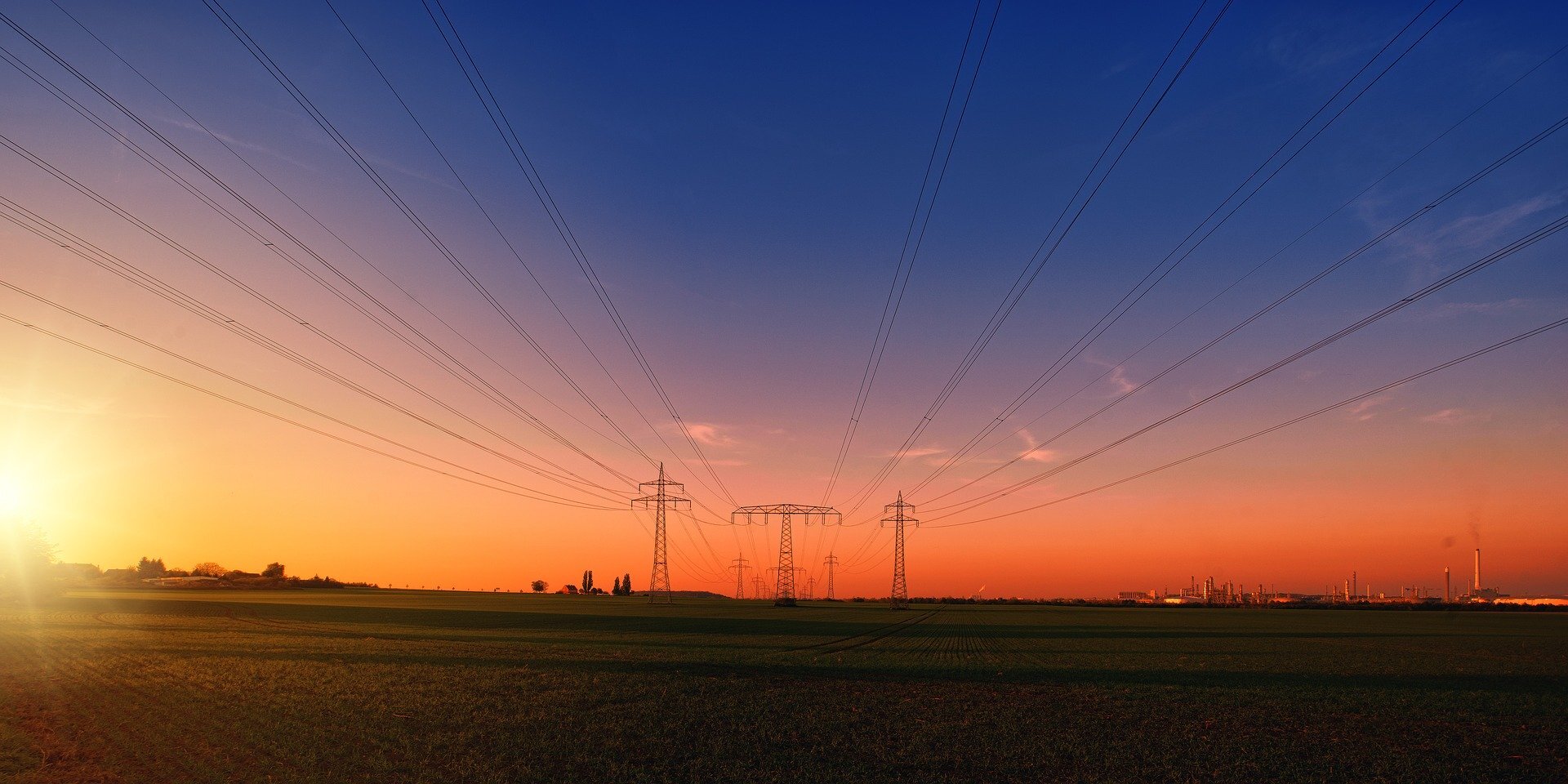
Section 3: Assessing Your Beneficial Electrification Opportunity
Welcome to the self-assessment stage of the Beneficial Electrification Toolkit. Here you can evaluate the beneficial electrification potential in your utility’s service territory, creating a starting point to better understand your beneficial electrification opportunity. The data and graphs you generate can be used to help build your utility’s case to pursue a full-fledged beneficial electrification program.
You will be asked to provide basic regional data to determine your customers’ costs and savings from a beneficial electrification program. Remember, the following models are based upon reasonable assumptions and may not reflect empirical data from your specific area.
Let’s get started!
-

Self-Assessments for Residential Space Heating
-

Self-Assessments for Transportation Electrification
-
To create a generalized nationwide toolkit, we have not collected any city-specific data on building characteristics, energy consumption, or vehicle usage. Instead, we developed a set of assumptions based on basic research into a wide swath of communities across the United States and its different climate zones. From this, we constructed what homes might look like with average and above-average energy use, as well as vehicle electrification opportunities. If your utility is to move forward with a beneficial electrification strategy, it will be necessary to determine how well our assumptions match the building stock, energy use profiles, and vehicle fleets in your service territory.
Additional factors that could help determine how your service territory would benefit from a beneficial electrification strategy include heating fuel mix, building stock, building contractor capacity, and ready access to EVs.
For vehicle energy consumption and load growth potential, we have modeled EV adoption to be faster than most past projections. We believe using a more aggressive adoption model will better prepare your utility, end-use customers, and the grid for an EV future.
The utility perspective we describe in these calculators focuses exclusively on electricity sales. It does not consider the grid impacts of an electrification strategy, nor the net revenue impacts on utility systems. The findings do not factor in potential peak demand charges or changes to load shapes. Heat pumps, for example, if deployed in significant numbers, will alter the winter load curve. EV fast charging, especially when done at peak times, represents a challenge for electric utilities everywhere and underscores the need for a comprehensive managed charging program. Utilities that have growing load need to consider energy supply as well as capacity. New electricity generation may be needed as load grows, or demand-side resources could be employed to offset the need for new generation. The whole house retrofit packages we have modeled include measures that are often employed in demand-side programs because they are more cost-effective than generation resources.

